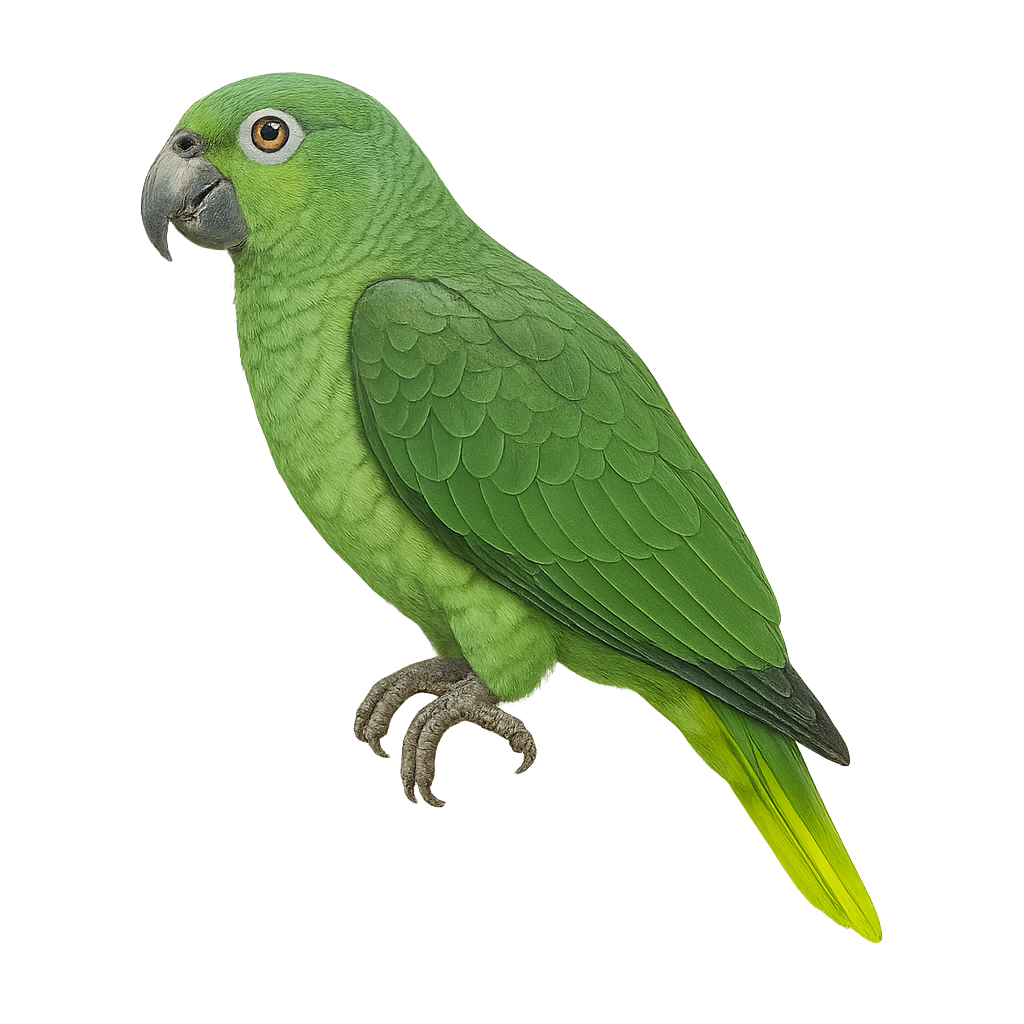Your wildlife photography guide.
Explore the mealy amazon in detail, study its behavior, prepare your shots.
Where to observe and photograph the mealy amazon in the wild
Learn where and when to spot the mealy amazon in the wild, how to identify the species based on distinctive features, and what natural environments it inhabits. The WildlifePhotographer app offers tailored photography tips that reflect the mealy amazon’s behavior, helping you capture better wildlife images. Explore the full species profile for key information including description, habitat, active periods, and approach techniques.
Mealy Amazon
Scientific name: Amazona farinosa

IUCN Status: Least Concern
Family: PSITTACIDAE
Group: Birds
Sensitivity to human approach: Suspicious
Minimum approach distance: 10 m
Courtship display: March to May
Incubation: 25-28 jours
Hatchings: March to June
Habitat:
Tropical rainforests, wooded savannas
Activity period :
Primarily active during the day, with peak activity in the morning and late afternoon.
Identification and description:
The Mealy Amazon, or Amazona farinosa, is a large parrot, measuring about 38 to 41 cm in length. Its plumage is primarily green, with bluish hues on the forehead and yellow touches on the wings. This species is known for its ability to mimic sounds and human voices, making it a popular pet bird. It mainly inhabits the tropical rainforests of Central and South America, where it feeds on fruits, seeds, and flowers. Although sociable, it can be noisy, especially in groups. The Mealy Amazon is currently classified as "Least Concern" by the IUCN, but it is threatened by deforestation and illegal trade.
Recommended lens:
400 mm – adjust based on distance, desired framing (portrait or habitat), and approach conditions.
Photography tips:
To photograph the Mealy Amazon, it is advisable to use a telephoto lens of at least 400mm to capture detailed images from a distance. Look for areas where these parrots gather, such as forest edges or fruiting trees. Be patient and discreet to avoid scaring them away. The best times to observe them are early in the morning or late in the afternoon when the light is soft and the birds are more active.
The WildlifePhotographer App is coming soon!
Be the first to explore the best nature spots, track rutting seasons, log your observations, and observe more wildlife.
Already 1 431 wildlife lovers subscribed worldwide

